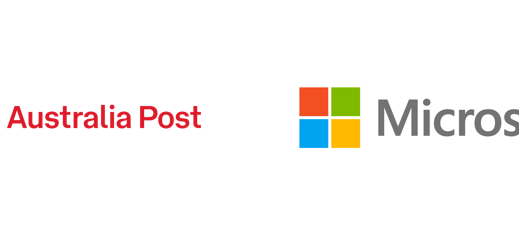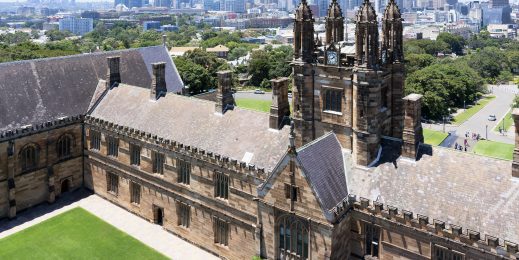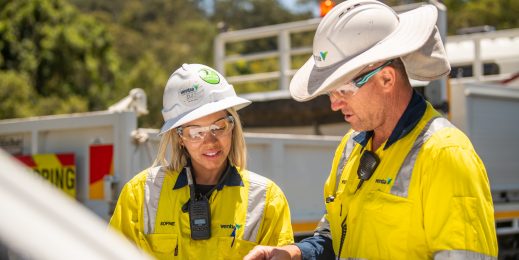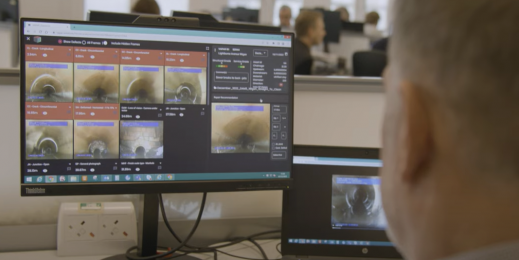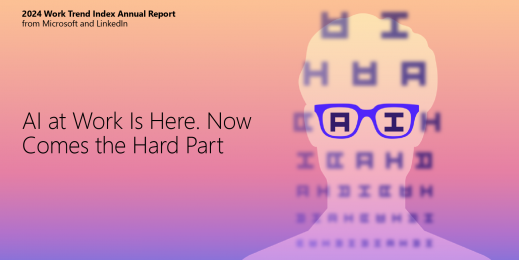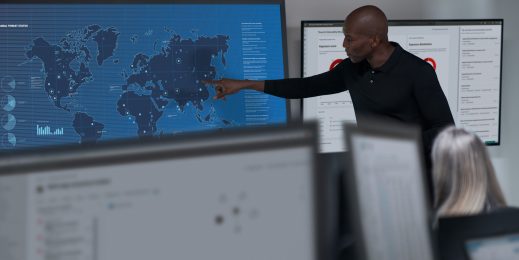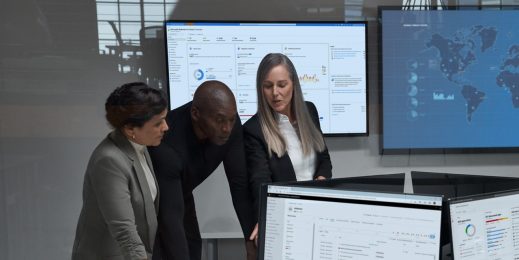
Torrens University leverages generative AI to uplift its online learning experience, saving 20,000 hours and $2.4 million in time and resources
Torrens University is the fastest growing university in Australia – due to its fresh perspective on higher education and embrace of the principle of universally accessible education. This belief underpins its approach to designing courses that are not just accessible but paired with a superior online learning experience, enabling students to learn anytime, anywhere.
“We are always driven by the question, ‘how can we really reach people in their own time and their own place’? We’ve always described our ethos as learning anytime, anywhere. This means delivering a consistent and convenient online learning experience for our students,” says Eoghan Hogan, Director of Transformation at Torrens University.
In 2023, Torrens embarked on an ambitious journey to streamline its digital learning environment to deliver a superior online student experience. The result is MyLearn, a modernised online student platform. Using Microsoft Azure OpenAI, the university was able to improve and standardise all course curriculums on one intuitive platform. The project also lays the groundwork for future savings and agile curriculum updates, thanks to the transition to a scalable, component-based curriculum user interface (UI) framework.
Adopting AI strategically
This project marked the university’s first significant engagement with generative AI. It aimed to automate and improve the online student experience and create a more engaging digital community for students.
“We were determined to explore the full potential of generative AI; it’s not just a chatbot to us,” says Hogan.
The university chose to use Microsoft Azure OpenAI so it could leverage Microsoft’s advanced generative AI capabilities and robust security features. Given the project’s scope – integrating AI across the entire academic curriculum – data protection was paramount.
“We were going to allow this technology access to our entire academic curriculum, so we needed to know we could trust it. Microsoft gave us that confidence,” says Hogan.
Torrens conducted a comprehensive 16-week discovery phase as it embarked on a transformation project to standardise and enhance the accessibility of its online courses. This included gathering input from staff and students, where it identified 1,800 requirements for the learning management system (LMS). Some of the main issues identified in student feedback included the need for mobile responsiveness and a familiar user interface across all subject materials.
These findings underscored the critical question: how can the university review and curate content design to meet student needs in a cost-effective manner? This led to the use of generative AI to not only address student needs but also set a new standard in online education delivery.
An automated and efficient uplift process
Torrens had identified the key inefficiencies in its LMS: lack of standardisation across courses, lack of mobile responsiveness, and outdated video players, contributing to a suboptimal experience for students. They expressed a desire for more intuitive navigation and multimedia interaction. Specifically, students sought features such as resizable video screens, adjustable playback speeds and the ability to continue watching a video while navigating other content.
Addressing these needs, Torrens embarked on a comprehensive review and standardisation process, using generative AI in a novel way. With assistance from Microsoft prompt engineers, the project team developed a generative AI model to analyse more than 1,200 courses and 60,000 web pages. This analysis aimed to understand the structure of the content, including the placement of headings and videos, and areas of wasted space.
The next step involved creating an AI prompt that could reorganise the existing content into a standardised format, focusing on user-preferred layouts, such as placing videos prominently at the top of the page and standardising colour schemes and templates.
The process was divided into several phases: transferring the content from the old LMS to MyLearn, standardising the content, and conducting internal quality assurance. The final phase was crucial for identifying inaccuracies in the AI’s output. Academics were also involved in reviewing the standardised content design to ensure it retained the SME curated content and structure of the courses.
“It was important to have a human in the loop who understood what the output was meant to achieve and be able to refine and verify the accuracy and quality of the outputs,” says Hogan.
This innovative approach to content standardisation enhanced the student learning experience and resulted in significant time and cost savings. If the project team had manually reviewed, edited and standardised the content library, it would have taken up to 20,000 hours. Using generative AI to automate the process translated to approximately A$2.4 million in savings.
Improving accessibility for students
The university achieved 100 per cent mobile responsiveness, meaning all course materials can be accessed from any mobile device. Torrens also integrated MyLearn with Microsoft Teams using a self-built integration, automating the creation of teams classes, syncronised enrolments, creating a unified platform that simplifies student learning, communication and group work.
Another significant accomplishment of the project was enhancing the web content to meet the Web Content Accessibility Guidelines 2.0 AA rating, ensuring that all educational materials are fully accessible. This comprehensive accessibility includes transcribed videos with closed captions and content that can be read aloud, addressing a crucial unmet need.
“In a cost-sensitive world, the fact that we achieved 100 per cent mobile responsiveness and a completely accessible and inclusive environment while saving A$2.4 million is phenomenal,” says Hogan.
“This was only achievable because of the creative thinking and collaboration between our academic, IT and Transformation teams. Our amazing team had an idea and they followed it through using an emerging technology that we were all learning about. To me, that was one of the main successes of the project” says Hogan.
The transformation achieved through this project has broader implications, serving as a compelling use case for the potential of generative AI. For Torrens University, the outcome is a consistent and superior learning environment where students can easily navigate and engage with their courses.
Looking ahead, the university is excited to take on more generative AI use cases around uplifting student support systems and introducing personalisation in the content students consume. It is also keen to see how generative AI tools like Copilot for Microsoft 365 can boost productivity for administrative teams.
“We’re excited about the opportunity AI brings to support educators and enhance the learning experience for students. And we’re proud to partner with institutions like Torrens University that are thinking responsibly and strategically about how to best leverage AI to promote learning outcomes,” says Adam Pollington, Education Director for Microsoft Australia and New Zealand.






